Sustaining Growth through Integrity
With Amane Nakashima, Chairman of the Board, Kewpie Corporation
Welcome to Eat Takeaway! In this series, we hear from leaders in business, branding, and marketing as they share their goals and challenges for the year ahead and beyond.
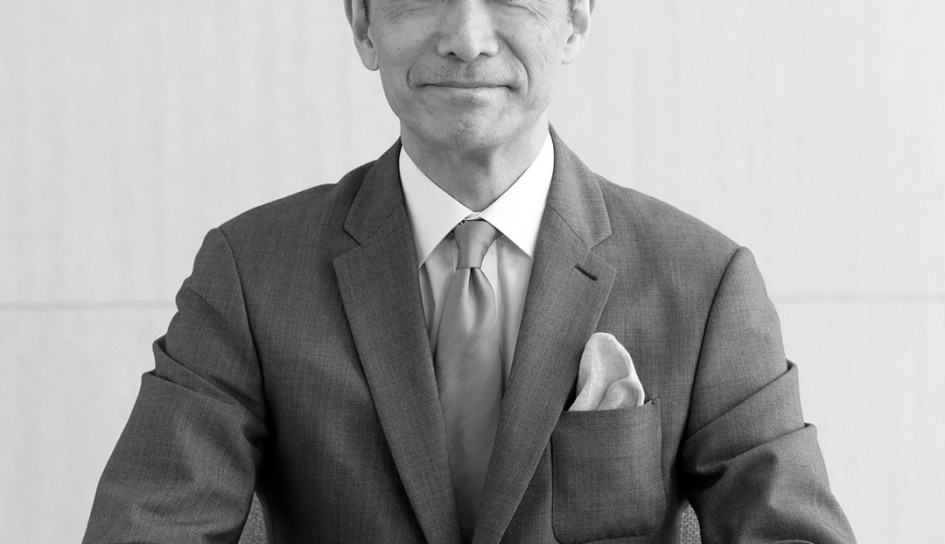
In this edition, our Japan Content Director, Tazlu Endo, speaks with Amane Nakashima, Chairman of Kewpie Corporation. Over a century ago, Kewpie became the first company in Japan to produce mayonnaise, and today still holds around 60% of the domestic market. Read on to discover how Kewpie built its iconic brand, and their century-old philosophy that continues to guide how they approach building trust worldwide.
The 3 Key Quotes:
1. “We grew our market share, not only by riding the wave of modernizing diets, but by drawing on our consumers’ creativity and ingenuity.”
2. “In the long run, it’s those who work sincerely and diligently that are truly recognized.”
3. “Marketing is immediate—each ad produces a quick consumer response. Branding, however, is about elevating the Kewpie brand’s long-term value.”
Tazlu Endo: Nakashima-san, thank you so much for joining us for this series. Let’s start from the beginning—how did Kewpie begin producing mayonnaise?
Amane Nakashima: My adoptive grandfather, Toichiro Nakashima, started producing canned foods and sauces in 1919, and began manufacturing mayonnaise in 1925. He had lived in the United States as a trainee with the Ministry of Agriculture and Commerce, and that’s where he first encountered mayonnaise.
As someone of a smaller stature, he believed the if Japanese people became more food-secure, we would become as strong and well-built as the Americans. Upon observing U.S. eating habits, he was drawn to potato salad and saw mayonnaise as the key. In hopes that it would grow into a widely loved product in Japan as well, he named it Kewpie Mayonnaise, after Rose O'Neill’s Kewpie dolls which were a big hit in Japan at the time.
Looking back, manufacturing a condiment that was entirely unknown in Japan must have been a crazy idea. There’s an oft-told story that when mayonnaise was first sold in Japan, people mistook it for pomade hair cream. That’s how unfamiliar it was.
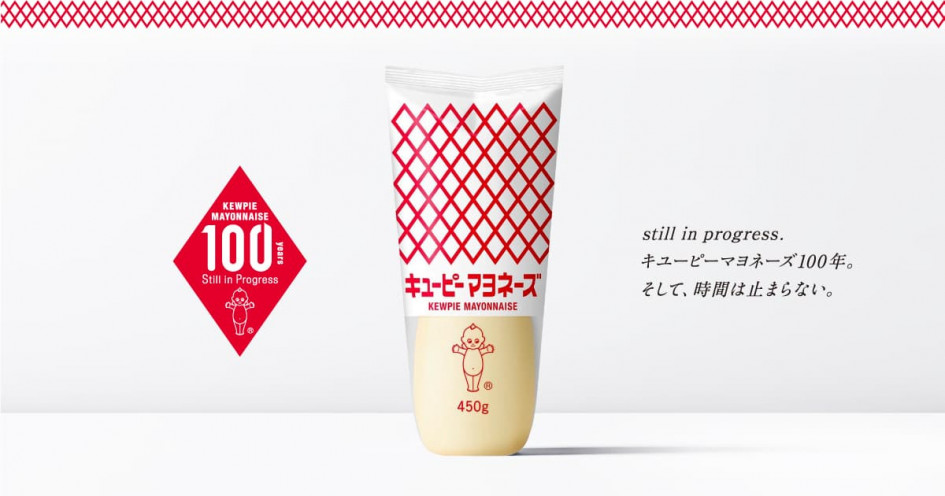
TE: So how did it become a staple of the Japanese dining tables?
AN: Our flagship products Kewpie Mayonnaise and Aohata Marmalade grew alongside the westernization of Japanese eating habits. Before World War I, most meals were cooked in traditional Japanese style, but after the war, people began eating much more meat and raw vegetables. This shift was clearly a tailwind for makers of Western-style sauces.
But we grew our market share, not only by riding the wave of modernizing diets, but also by drawing on our consumers’ creativity and ingenuity. Japanese people naturally started experimenting with mayonnaise—mixing it with mentaiko (spicy pollock roe) or tuna, or putting it on pizza or okonomiyaki. These weren’t ideas Kewpie was selling; they were adventurous recipes created by the consumers themselves. In this way, mayonnaise spread far beyond Western food and became integrated into the Japanese cuisine we know and love today.
TE: And what’s behind your branding strategy that led to Kewpie’s remarkable brand recognition?
AN: At Kewpie, we clearly separate marketing and branding budgets, which is rare for Japanese companies. Marketing is managed by the product division and tied to launches or renewals of specific products. Branding, on the other hand, is overseen by management and focused on long-term strategy.
Marketing is immediate—each ad produces a quick consumer response. For instance, when health benefits of a certain vegetable are trending, we’ll run corresponding ads and in-store promotions.
Branding, however, is about elevating the Kewpie brand’s long-term value. Recently our focus has been on vegetable-related storytelling—messages about how eating vegetables, gifts from the earth, lead to better health. We usually avoid showing specific products or dishes in these stories. We focus on the brand story, rather than the product itself.
Once launched, our branding initiatives tend to last decades. A prime example is Kewpie 3-Minute Cooking, a TV program on Nippon Television that has been running for over 60 years since 1963. We’ve also sponsored the radio show Kewpie Melody Holiday on Bunka Broadcasting and the annual All-Japan Mothers’ Chorus Competition for more than half a century. These partnerships were key in establishing the Kewpie brand in the everyday lives of Japanese people.
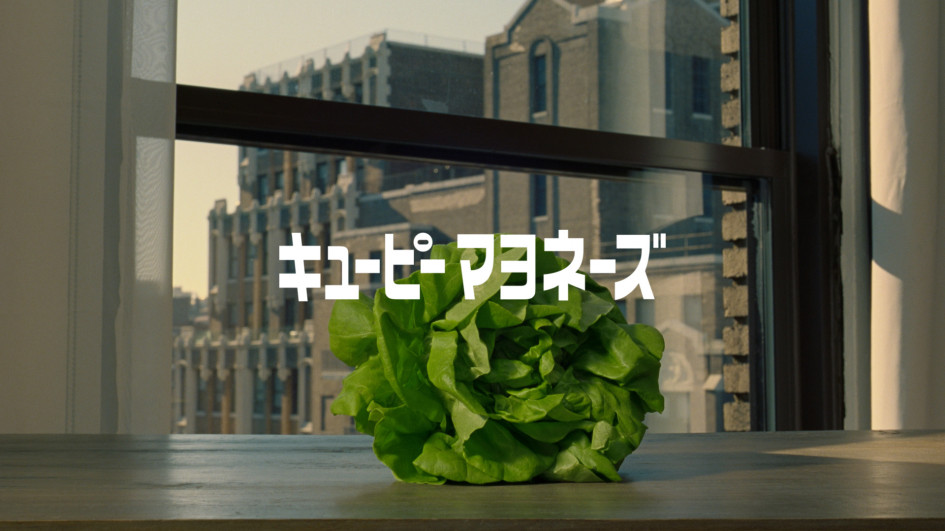
TE: Kewpie Mayonnaise is, of course, the brand’s signature product, but what prompted the expansion into dressings and pasta sauces?
AN: This also evolved naturally with changes in Japanese eating habits. We began producing pasta sauces simply because more families were eating pasta at dinner. As logistics improved and fresher ingredients became available, lighter dressings that enhanced natural flavours also grew in demand.
Japanese salads once relied mainly on creamy dressings like Thousand Island or Caesar. Today, liquid dressings—European, Japanese, Chinese styles—are more widely consumed. This ‘lightening’ of Japanese food after the war has strongly influenced Kewpie’s product development.
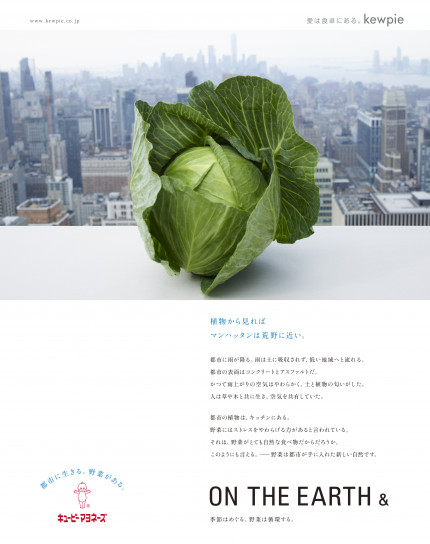
TE: And you’ve expanded beyond the Japan market as well. What’s your strategy for selling Japanese-style mayonnaise overseas?
AN: Internationally, we focused on the U.S., China, and Thailand markets. We’ve been in the U.S. and China for more than 30 years now—even producing mayonnaise and dressings under other companies’ brands locally. In the West, the home of mayonnaise, it took time to build recognition of Kewpie. But ever since washoku (traditional Japanese cuisine) was recognized by UNESCO as Intangible Cultural Heritage in 2013, global demand for Japanese recipes have grown.
For example, in the U.S., sushi rolls are more popular than nigiri, and mayonnaise pairs perfectly with ingredients like avocado. As such, Kewpie Mayonnaise is increasingly introduced as part of Japanese food culture. In 2025, we also began a global branding campaign with the message "KEWPIE IT." to unify and elevate our brand image while introducing products tailored to each market. Today, our mayonnaise has gained international recognition and acceptance as a distinctively Japanese style mayonnaise.
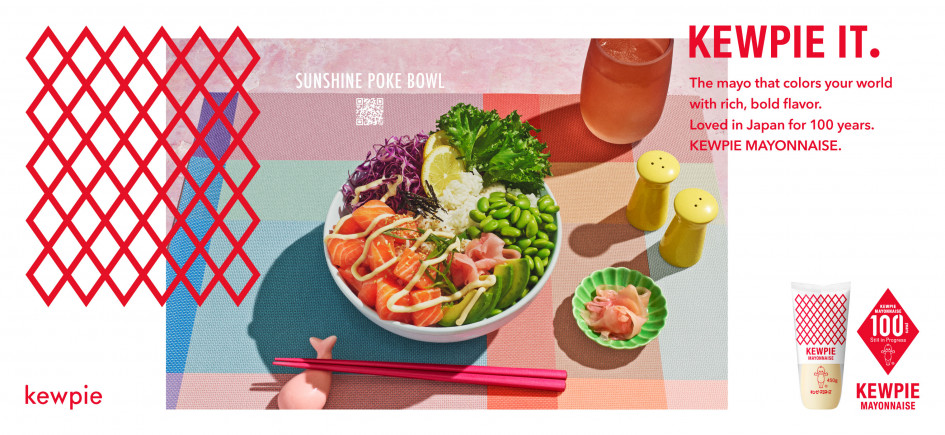
TE: And how did you manage to build trust globally?
AN: At Kewpie, we uphold the valuable teachings that come from our original company precepts. One of these from our founder Toichiro Nakashima is “The world is surprisingly fair.” In other words, while opportunists may seem to benefit in the short term, in the long run, it’s those who work sincerely and diligently that are truly recognized.
Behind this teaching is a simple belief that the sun is always watching. During the war, when raw materials were scarce, our founder refused to use black-market supplies, halting mayonnaise production for five years until 1948. In the terms of a classic fable, Kewpie is unmistakably the tortoise, not the hare.
TE: How does Kewpie plan to grow in the next 100 years?
AN: As a humble entrepreneur, Toichiro Nakashima never sought to grow the company very large, believing that values would be harder to share as the headcount grew. Even today, management doesn’t view Kewpie as a particularly large company.
Our business style is prudent management—ample cash, no debt. Still, as a listed company, we still face quarterly pressure from investors asking why we don’t borrow and invest more aggressively. But investments that outpace market growth increase the risk of collapse. Kewpie’s approach is to grow with the market, not ahead of it—a philosophy which is quite different from U.S. business mindset.
TE: Sounds like sustaining the business comes before sheer growth at Kewpie. So what does a sustainable future look like for the company from an environmental perspective?
AN: Of course, we work to reduce food loss, cut CO₂ emissions, and use biodegradable plastics. But we also think about sustainability in a broader, more universal sense—extending people’s healthy life expectancy.
Living to a hundred means very little if the last decade is spent bedridden. For us, the three core elements of healthy longevity are food, exercise, and social engagement. We’re working with local governments to create community spaces and programs, advancing projects that encourage sound dietary and fitness habits.
Read the Market, Learn from the Customer:
Beginning as a niche venture, Kewpie created its own market and grew by leveraging shifts in eating habits. Further by embracing consumer creativity and continuously engaging with its audience, it built an enduring and unshakable brand, both in Japan and worldwide.
There’s No Shortcut to True Success:
Kewpie has held its ground in Japan’s fiercely competitive food market by staying true to its founding principles—believing in fairness, prioritising long-term quality over short-term gain, and establishing trust with its customers. Its steady commitment to integrity has been foundational to their success.
Prioritise Sustainability, Foster Community:
Kewpie approaches sustainability from business, environmental and social perspectives. By investing in community well-being and supporting initiatives that bring people together around food and health, the company carries forward its vision of contributing to better food and healthy longevity.